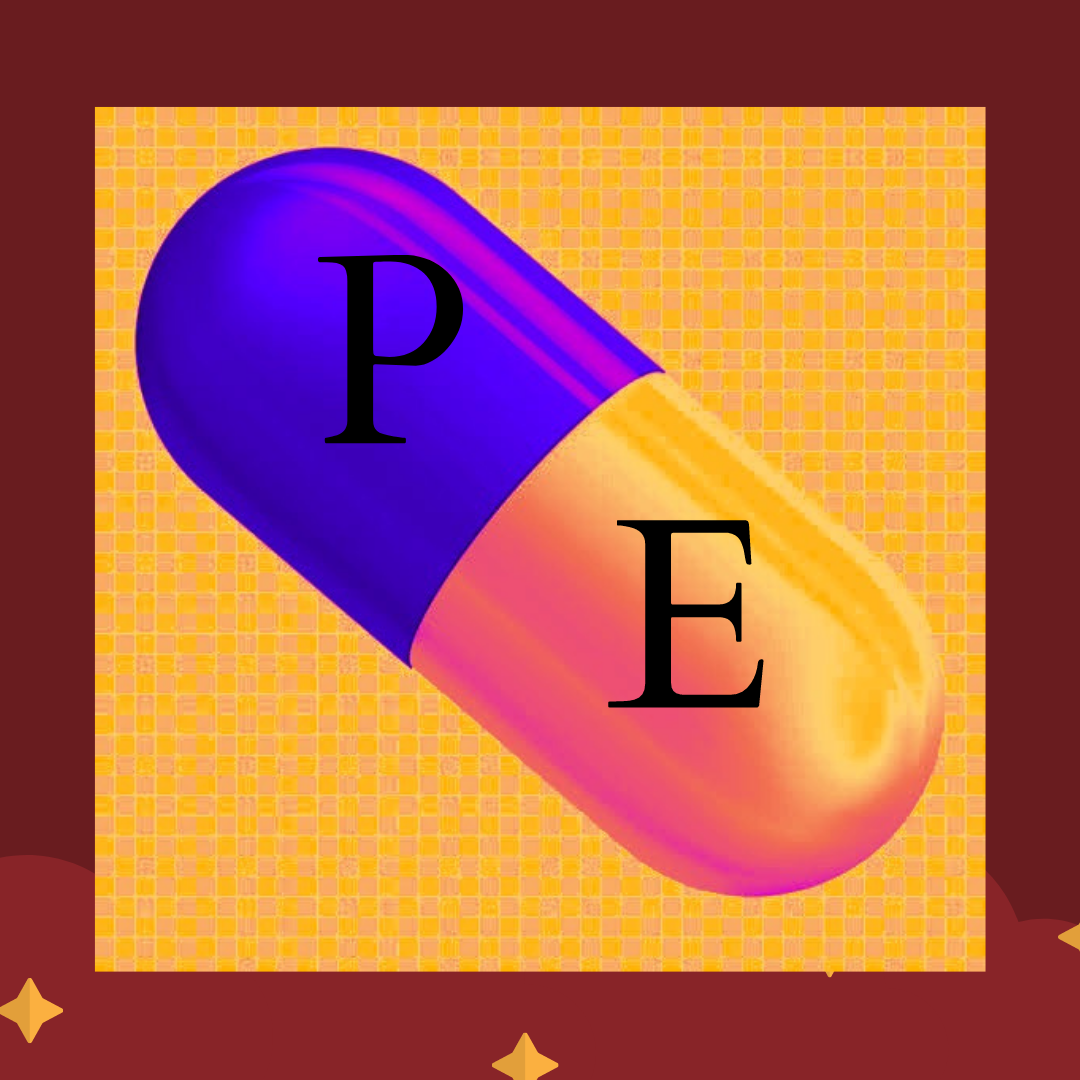Why Do We Use Three Batches For Validation?
- Pharma Explorer

- Jul 8, 2021
- 3 min read
Updated: Jul 15, 2021
In this article we will discuss the answer of a very common question which arises in the minds of all professionals dealing with the processes which require validation. The question is, "Why do we use 3 batches for validation? Before the answer of the above question first we should be aware of validation. An article by Parvez
👉click on link Pharmaexplorer.info
What is Validation?
Validation is documented evidence that ensures that a process or procedure consistently produces a product with the same quality standards.
Validation has a great importance in pharmaceutical industries because for every product manufacturing we conduct a validation activity. This process validation gives us assurity that by using the defined process we can consistently get the same quality product.
Read more
Validation and types of validation
Basic Concept
The conventional practice or basic concept regarding validation is that we should always take 3 batches for validation and if all the 3 batches meet the requirements then we can start commercial scale production.
Now the question is that is there any regulatory requirements for 3 batches?
Or
Why do we take only 3 batches, not 1,2 or 4?
The answer to the first question is that there are no guidelines for the 3 batches concept,even FDA,ISO have not specified the 3 batches concept.
"FDA guidelines for industry on process validation general principles and practices" does not talk about the 3 batches concept and it also does not specify the number of batches.
Actually the number of batches for validation depends on the risk involved.
The pharmaceutical industries have to decide the number of batches required for manufacturing.
The main purpose for selecting the number of batches is to support the statistical data.
The product for which we have less data we will have to perform validation on more batches.
Justification for 3 Batches.
The traditional justification behind the selection of 3 batches is that during manufacturing of 1st batch quality may be built in the product accidently.
During manufacturing of 2nd batch quality may be regular.
If the same quality is achieved in the 3rd batch it means that our results are consistent and are reproducible so it ensures validation or quality of the 3rd batch gives us assurance that our process is validated.
If we get desired quality standards in the first batch it may be incident and if we get the same quality in the second batch it may be coincident and if we get the same quality in the third batch it is called consistent.
Why not less than 3?
For confirmation of reproducibility we should have sufficient numbers of batches to compare batch to batch variations.
If we select 2 batches for validation then we can not compare the data of two batches because comparison between two points always gives a linear line so to show a difference we need three points.
So generally we take 3 or more than 3 batches for validation.
Why not More than 3?
As we know currently there are no guidelines available for selecting the minimum or maximum number of batches so we can also take 4 or 5 batches.
As the number of batches is increased the cost of the process and time required is increased so all pharmaceutical companies usually select 3 batches for validation.
Conclusion There are no guidelines for selecting 3 batches for validation; we only use 3 batches to show better statistical data for reproducibility.

Thanks for reading. If you found this article valuable, please share and subscribe.
for any suggestions email@pharmaexplorer1@gmail.com







Comments